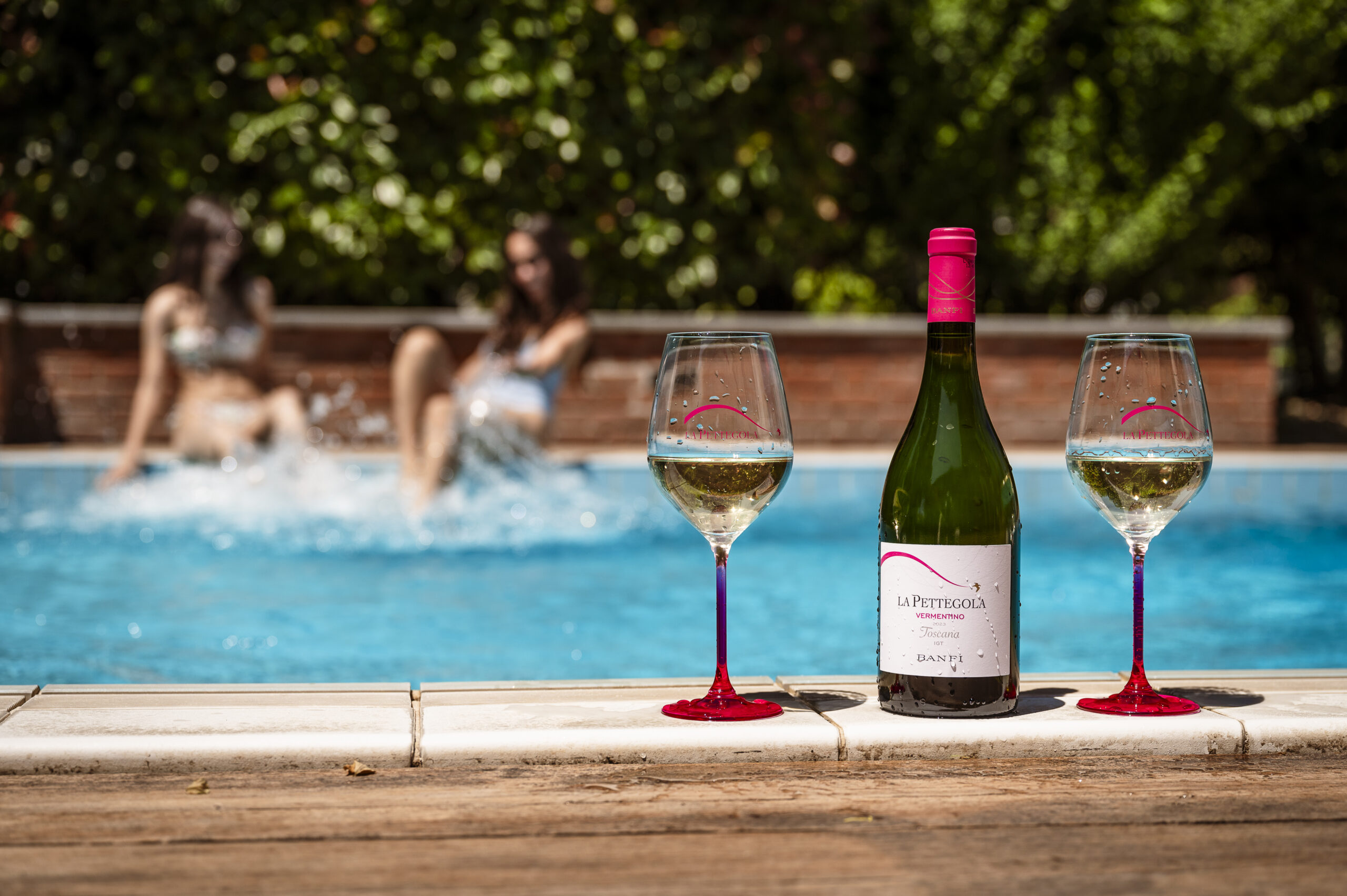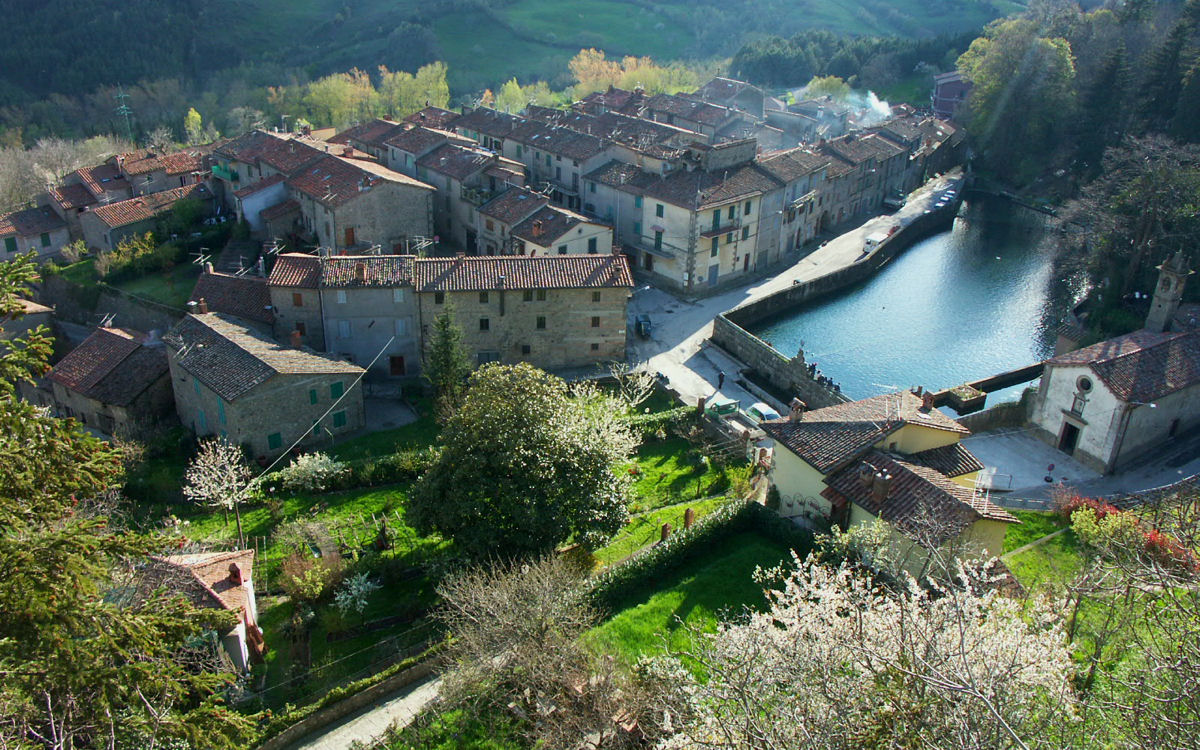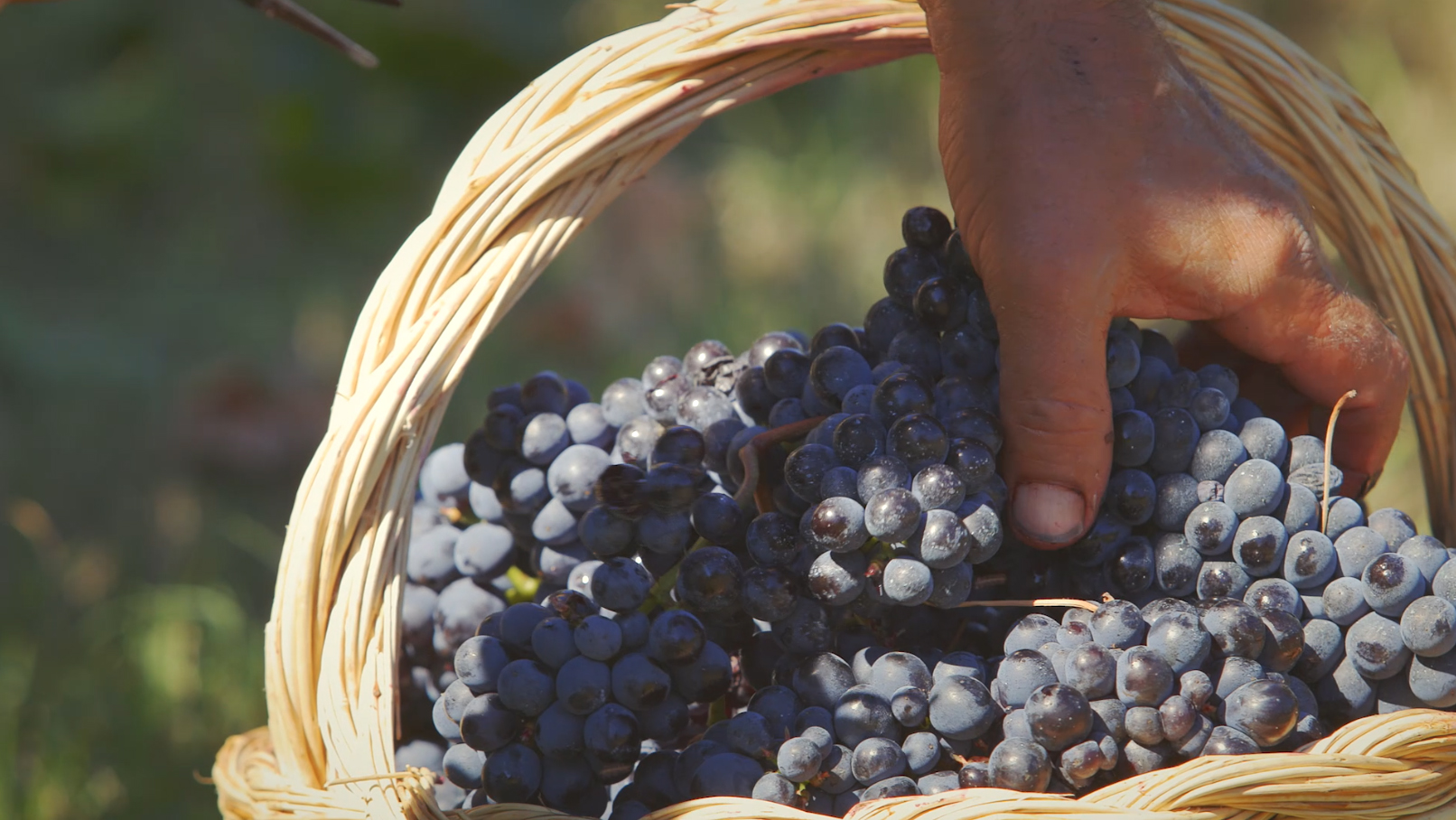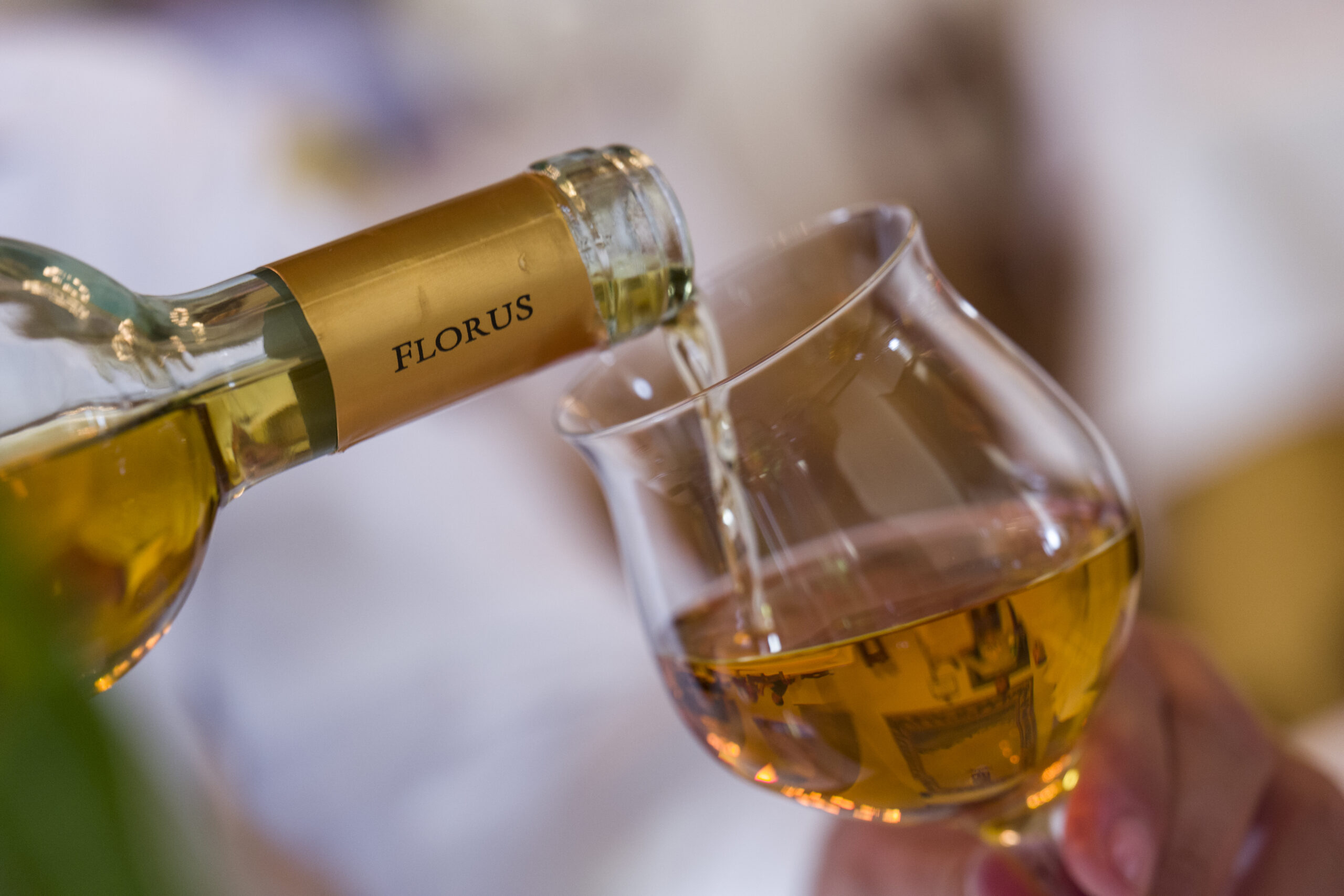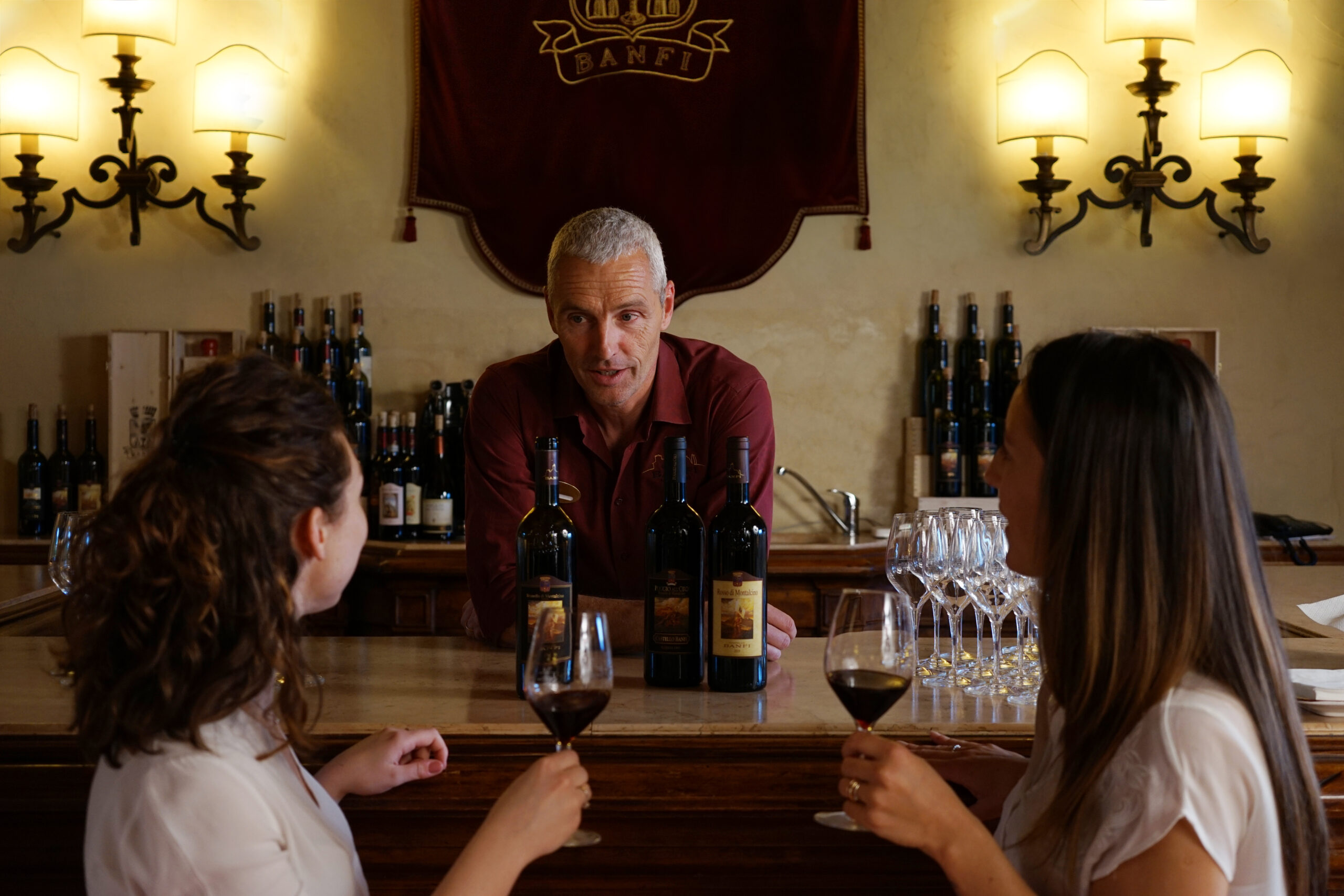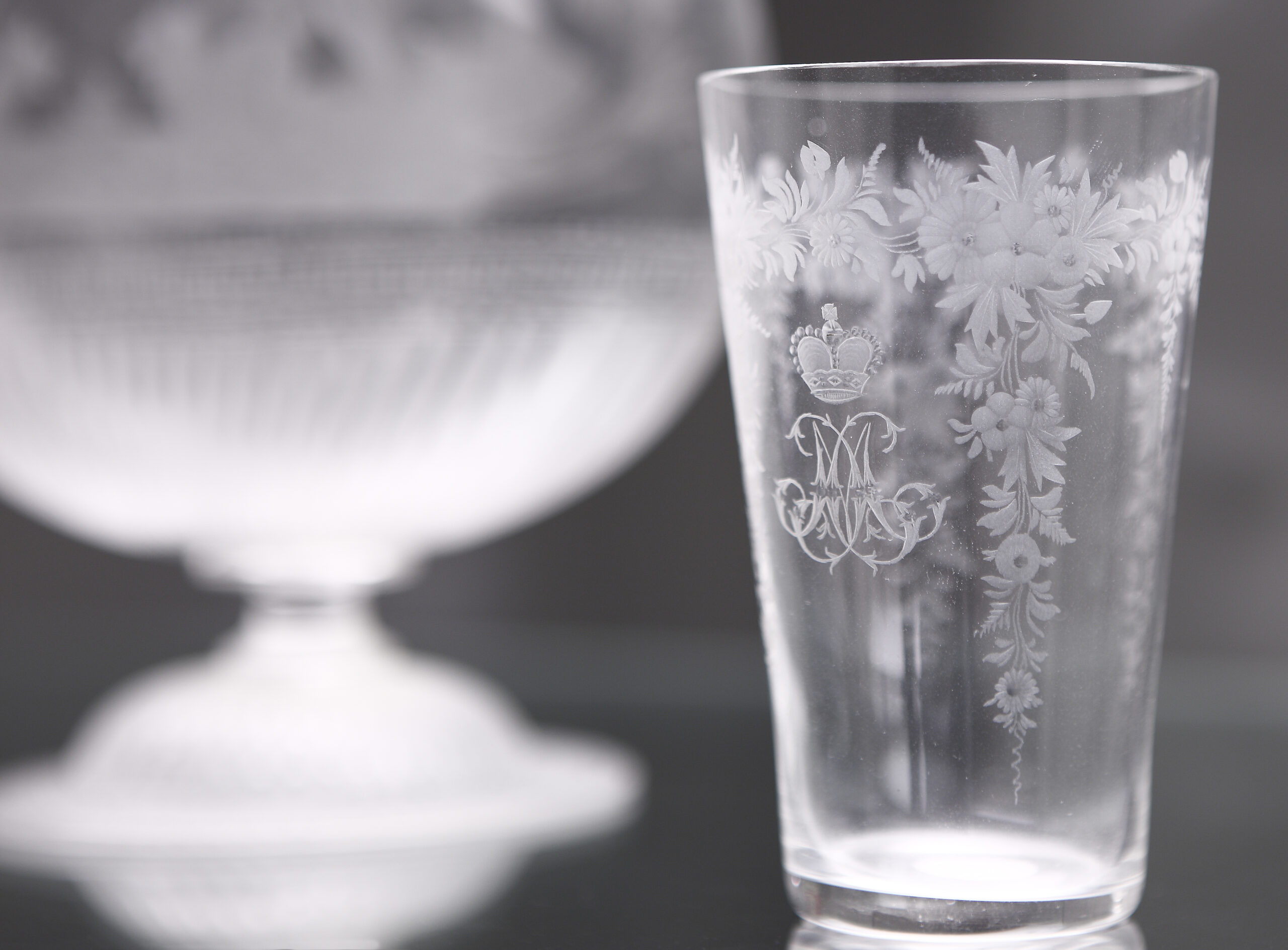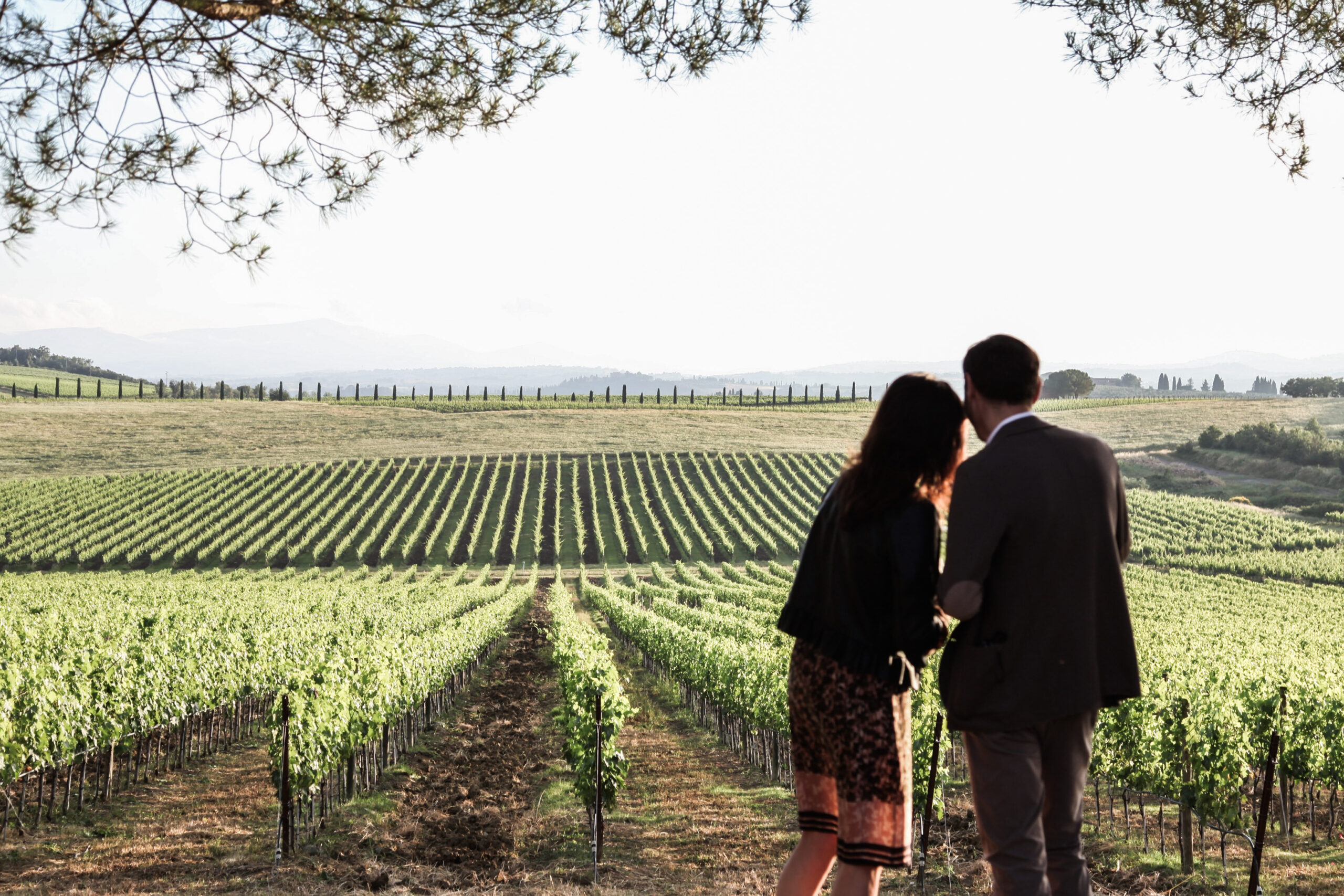Whether it is a romantic dinner or a toast with the family, here is how to work out how many glasses there are in a bottle of wine.
How many glasses can be made from a bottle of wine?
A family lunch, business dinner or special occasion should always be accompanied by a good bottle of wine that matches the menu and the guests' tastes. Furthermore, for a successful dinner, it is important to know how many glasses with a bottle of wine one can serve, so that an adequate number of bottles can be opened.
Wine, in fact, unlike other beverages such as beer or fizzy drinks, must never fill the glass completely but follow precise rules depending on the type of glass used and the wine chosen, in order to bring out the best of its aroma, texture and flavour.
To every wine its own glass
The art of bringing wine to the table and matching it to specific courses is not limited to the choice of the bottle but also concerns the choice of the type of goblet and the right amount of wine to pour into it, so that you know in advance how many goblets you can fill with a bottle of wine.
The most commonly used type of wine glass is the tulip-shaped goblet, which is suitable for both white wines and classic reds. For aged red wines, on the other hand, a chalice with a bellied bowl is preferred, so that the wine can breathe further to release its bouquet of aromas and flavours.
For sparkling and very sparkling wines, the ideal goblet is the flûte, with its tall, slender bowl that allows the perlage of this type of wine to be appreciated. Lastly, glasses for dessert wines are smaller than the traditional ones and have a characteristic shape: the bellied bowl to enhance the aromas and the narrow opening to bring them directly to the nose.
How many glasses with a bottle of red or still white wine
Red wines or still whites are the most popular on Italian tables, so it is important to know, for example, how many glasses you can get from a 750 ml bottle.
The rule is that the tulip-shaped wine glass should never be filled completely but only one third full and never more than two thirds full. This allows the wine to release its range of aromas and flavours, as well as allowing connoisseurs to test its brightness of colour and consistency.
As mentioned above, still white wines and young reds should be served in medium-sized tulip glasses, and structured reds in slightly larger tulip glasses. In any case, the ideal amount of wine to be poured is about 150 ml. Consequently, a standard 750 ml bottle yields 5/6 glasses of wine.
How many glasses with a bottle of sparkling wine?
For sparkling wine glasses or flûtes, the quantity to be poured into the glass for a perfect and elegant toast is always about 150 ml, since the rule is to fill the 90% of the flûte. Thus, a 750 ml bottle of sparkling wine, for example, yields about 5 glasses.
Dessert wines: how many glasses
The bottles of passito or dessert wines are discreetly smaller (generally 500 ml) than those of serving wines, and this also applies to the glasses: smaller and specially shaped. The quantity of wine to be poured is about 90 ml, almost half the size of the goblet. You can therefore make 5/6 glasses.
The tasting glass
A separate note concerns the moment of tasting, e.g. when visiting wineries. The International Organisation for Standardisation codified in 1970 the measurements of the tasting goblet used during official events, called the ISO goblet.
This goblet has a special shape, with a medium-sized belly and a narrower opening than it, which allows perfect concentration of the aromas. For a tasting, the quantity of wine poured should be about 50 to 100 ml. Consequently, from one bottle you can get between 7 and 15 glasses about.

